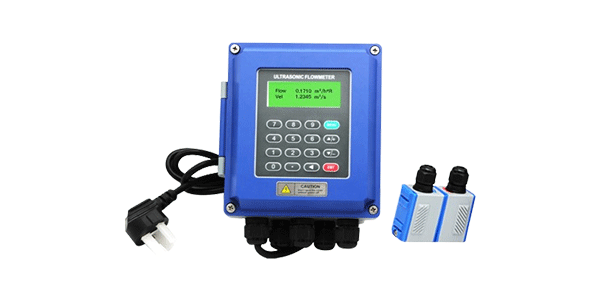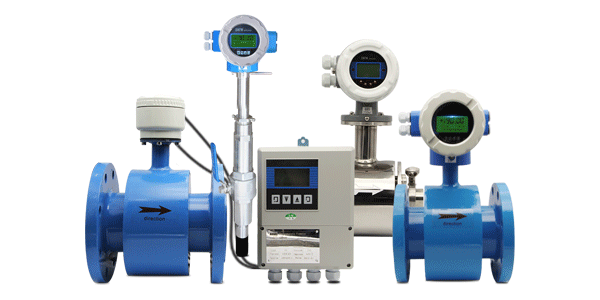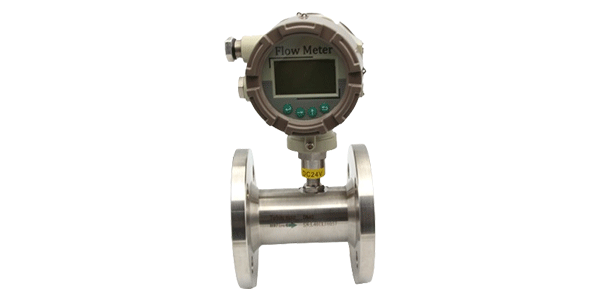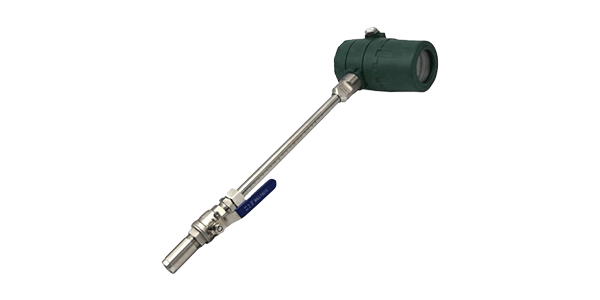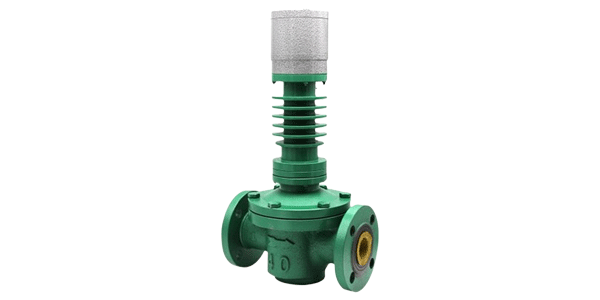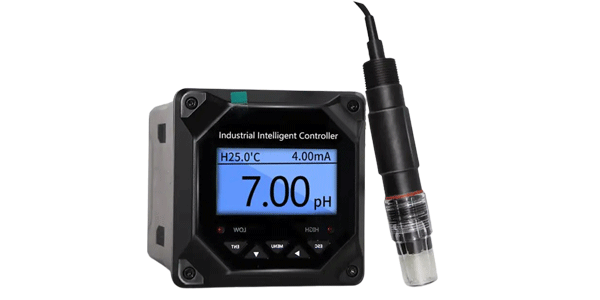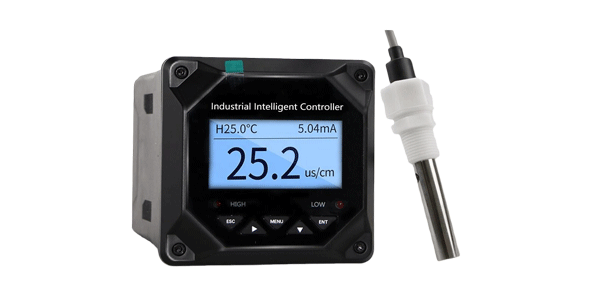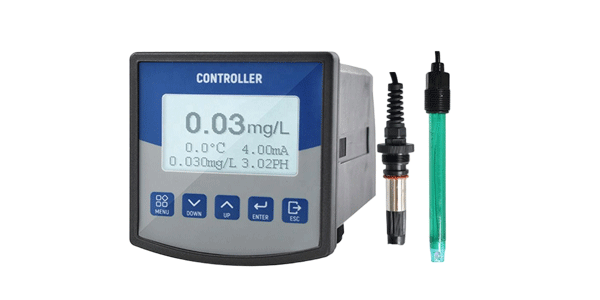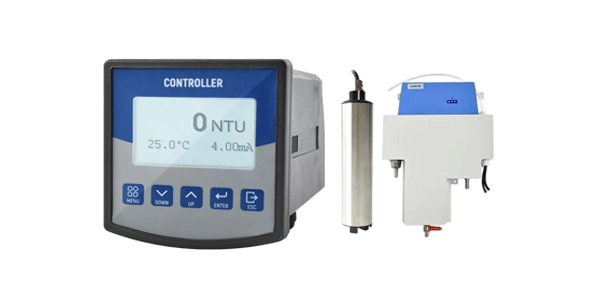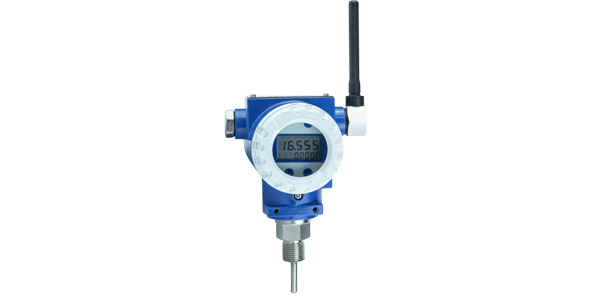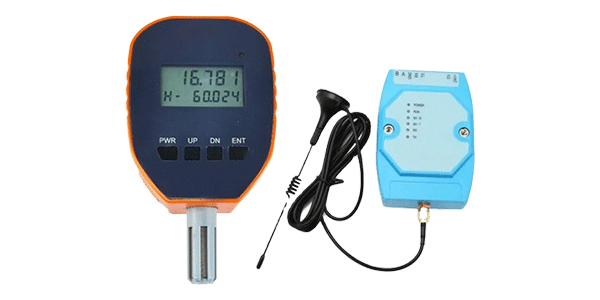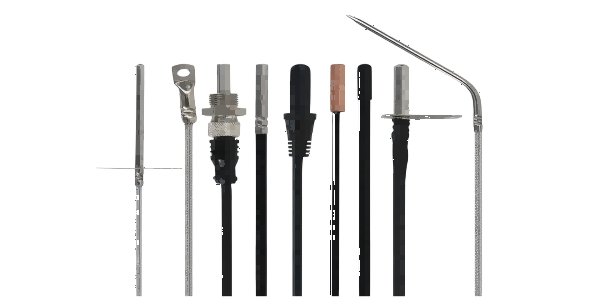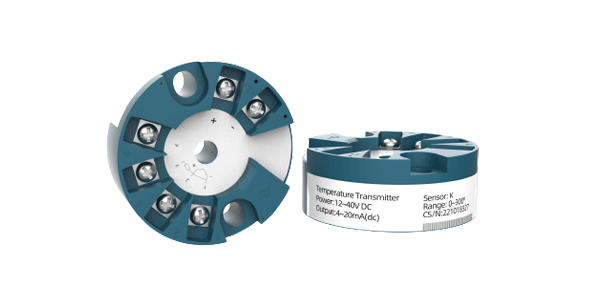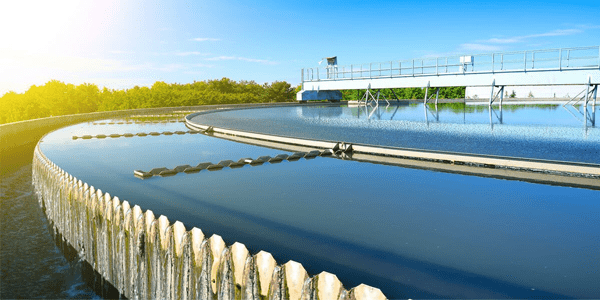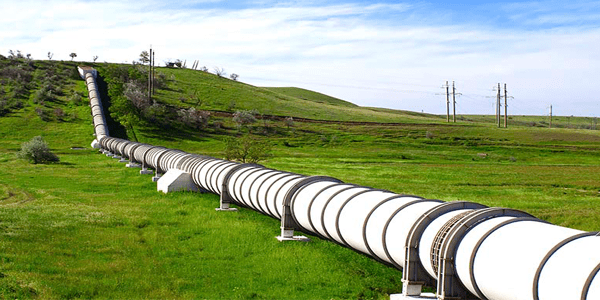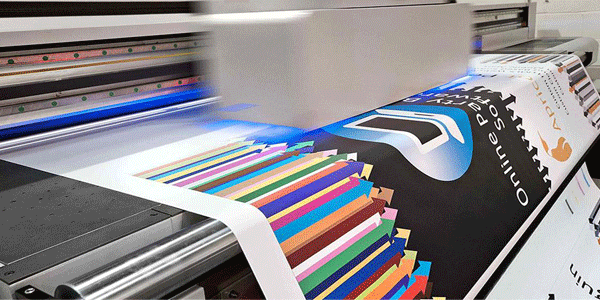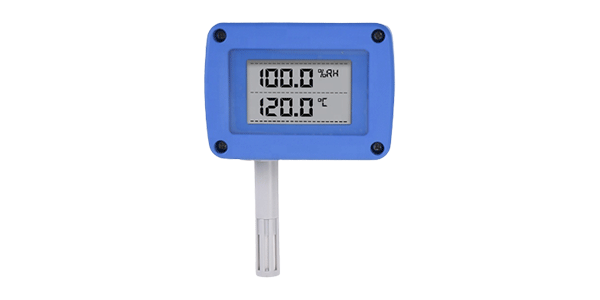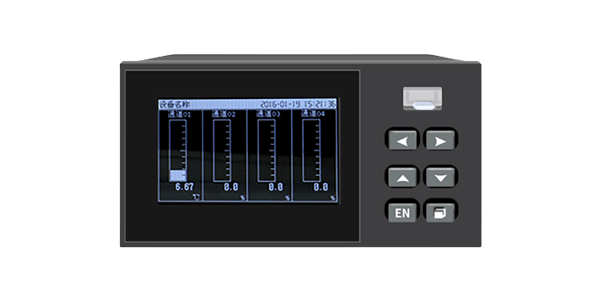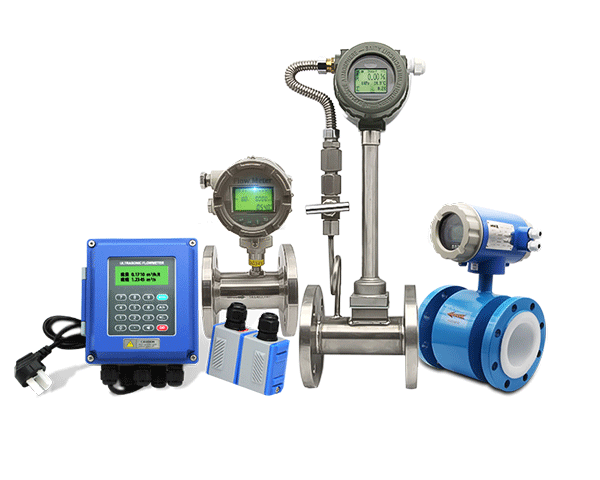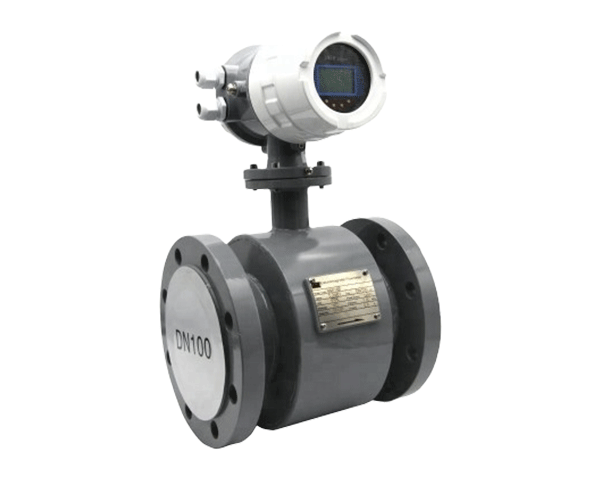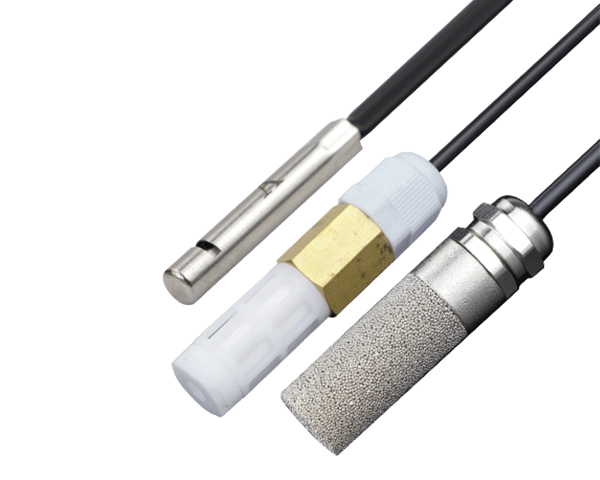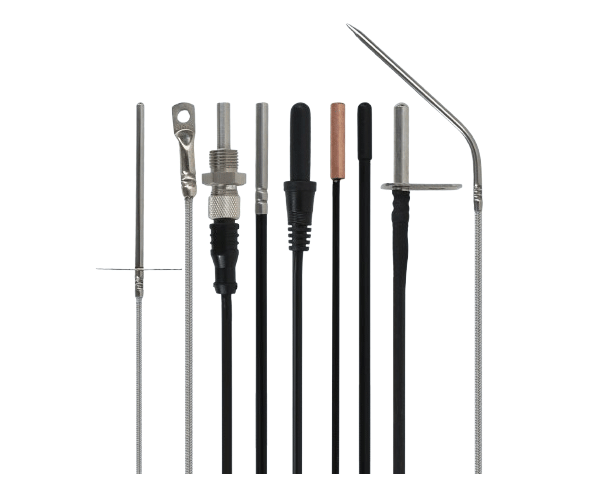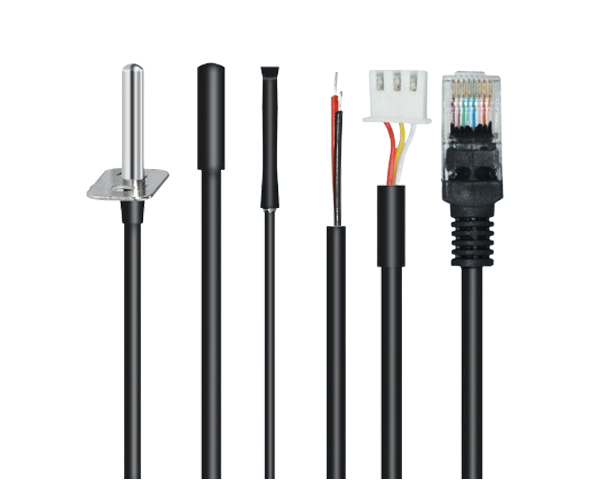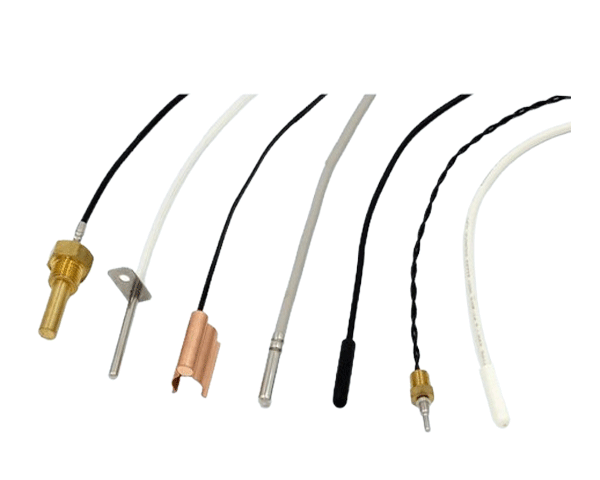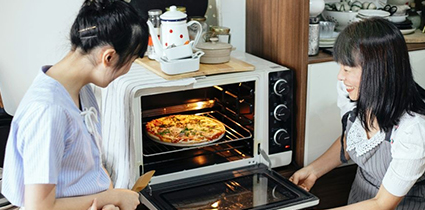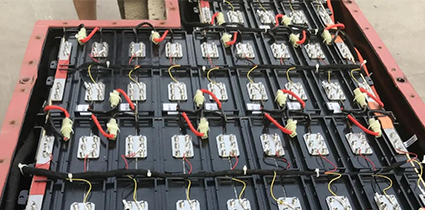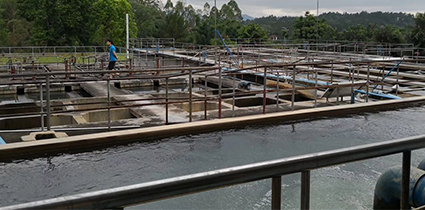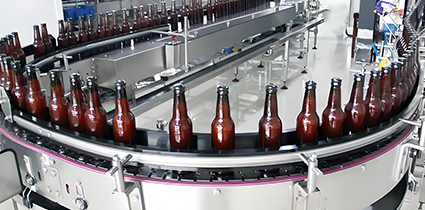Master Your Cooking: The Complete Guide to Oven and Induction Cooker Temperature Sensors
Are you looking to achieve perfect cooking results every time? Precise temperature monitoring is the secret to consistent baking, roasting, and cooking performance. In this guide, you'll discover how advanced temperature sensors work in modern ovens and induction cookers, learn about the technology that ensures accurate heat control, and understand how to maintain optimal cooking temperatures for professional results in your own kitchen.
Why Temperature Monitoring is Essential for Modern Cooking Appliances?
Temperature control in today's cooking appliances goes beyond basic heating—it's about precision, consistency, and achieving perfect culinary results through intelligent heat management.
By maintaining accurate temperature monitoring, your oven or induction cooker delivers consistent cooking performance while preventing undercooking or burning. Advanced temperature sensors enable precise heat control that ensures even baking and perfect searing. Real-time temperature data helps your appliances operate efficiently, reducing energy consumption while providing reliable cooking results. Smart monitoring also detects temperature anomalies early, preventing equipment damage and extending the lifespan of your cooking appliances.
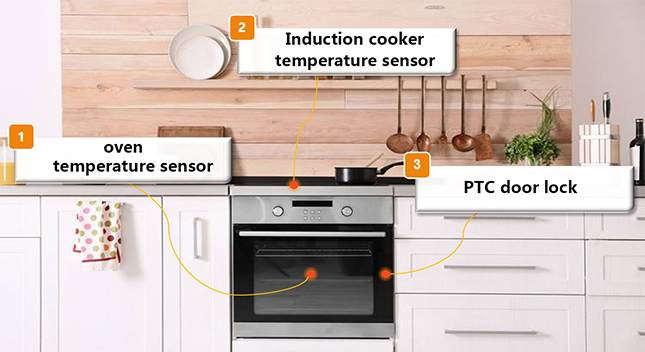
Advanced Temperature Monitoring Systems for Cooking Appliances
Oven Temperature Control Technology
Modern electric ovens utilize sophisticated convection systems and multiple cooking functions that require precise temperature management. Temperature sensors installed within the oven cavity continuously monitor hot air temperatures to ensure even heat distribution.
Our specialized NTC temperature sensors for ovens feature stainless steel housings with high-temperature resistant wiring, capable of measuring temperatures up to 300°C (572°F). This robust construction withstands the demanding environment of commercial and residential ovens while maintaining accuracy for perfect baking and roasting results.
Induction Cooker Temperature Management
Induction cookers have gained popularity due to their exceptional heating efficiency and rapid, precise temperature control. For multi-surface induction cooktops, we offer NTC temperature sensors with two specialized shell materials.
The aluminum shell variant provides rapid thermal response for immediate temperature adjustments, while the ceramic shell offers excellent electrical insulation and can withstand high pressure and temperature conditions. The flat sensor head design ensures tight coupling with cooking surfaces, enabling accurate temperature detection unaffected by electromagnetic interference.
Premium Features of Oven Temperature Sensors
High-Precision Thermal Technology
Our sensors utilize advanced thermistor and platinum resistor technology that delivers exceptional accuracy with rapid response times. The high sensitivity ensures immediate detection of temperature changes, allowing your cooking appliances to maintain precise heat control.
Ultra-Thin Stainless Steel Housing
Featuring ultra-thin stainless steel encapsulation, our sensors offer excellent high-temperature resistance while facilitating quick heat transfer. The durable construction ensures reliable performance in demanding kitchen environments.
Customizable Baffle Design
We provide customized baffle options that enhance adaptability and simplify installation. The tailored design ensures optimal sensor placement and secure mounting in various oven configurations.
High-Temperature Wiring Solutions
Our sensors feature stainless steel braided wires or fiberglass wires rated for temperatures up to 500°C (932°F). This premium wiring ensures long-term reliability and safety in high-heat cooking applications.
Standardized Connection System
With industry-standard connectors, our sensors offer quick, hassle-free installation and seamless integration with control systems. The universal connection design reduces maintenance time and ensures compatibility across various appliance models.

Frequently Asked Questions (FAQ)
What temperature range can oven sensors typically handle?
High-quality oven temperature sensors can measure temperatures up to 300°C (572°F) for standard applications, with specialized sensors reaching 500°C (932°F) for commercial and high-performance ovens. The specific range depends on the sensor construction and materials used.
How often should oven temperature sensors be calibrated?
For home use, we recommend checking calibration every 2-3 years. Commercial kitchens should consider annual calibration. Signs that your sensor needs attention include inconsistent cooking results, longer cooking times, or temperature error messages on your oven display.
Why choose aluminum vs ceramic shell sensors for induction cookers?
Aluminum shell sensors provide faster response times ideal for precise temperature adjustments, while ceramic shells offer superior electrical insulation and can withstand higher pressure and temperature conditions. The choice depends on your specific cooking requirements and installation environment.
Can faulty temperature sensors affect cooking results?
Absolutely. Malfunctioning sensors can cause uneven baking, undercooked or burnt food, inconsistent browning, and extended cooking times. A faulty sensor can also increase energy consumption by 15-20% due to inefficient heating cycles.
How do I know if my oven temperature sensor needs replacement?
Common indicators include inconsistent cooking results, food taking significantly longer to cook, temperature fluctuations displayed on your oven, error codes related to temperature, or visible damage to the sensor probe or wiring.
Are temperature sensors interchangeable between different oven brands?
While some sensors use standard connections, we recommend using manufacturer-specific or compatible sensors designed for your particular oven model. Using incorrect sensors can lead to inaccurate readings and potential safety issues.
Ready to Perfect Your Cooking Technology?
Get professional temperature sensing solutions for your oven and induction cooker projects.
